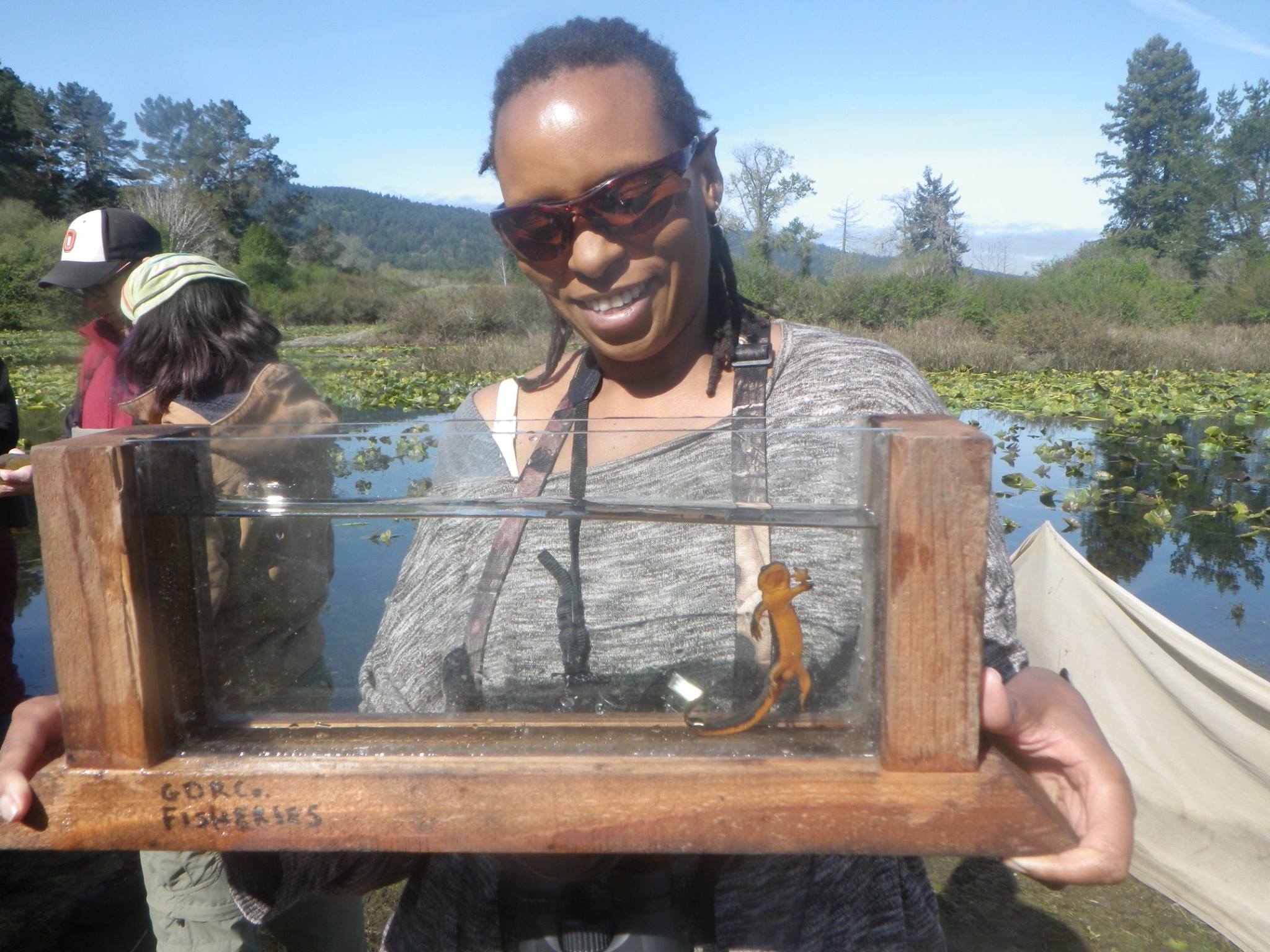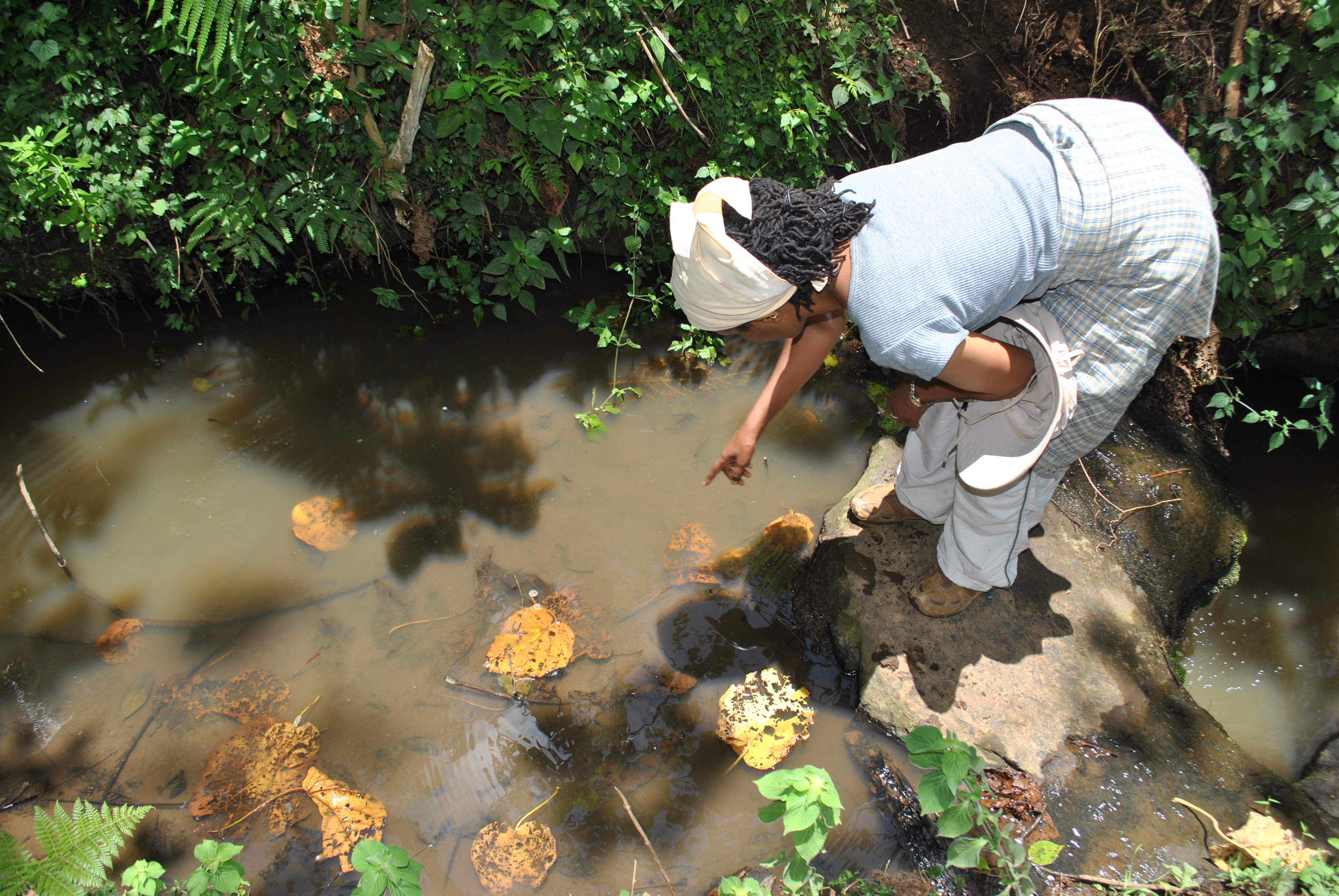About This Project
All our wildlife are in danger, but did you know amphibians are going extinct at much faster rates than other vertebrates? We do not know the status of most amphibians in Kenya and as the country continues to extract and pollute water, many species may be dying out. Traditional survey techniques are extremely difficult, but now we can use cutting edge technology to detect the presence of species in the environment using environmental DNA (eDNA).
Ask the Scientists
Join The DiscussionWhat is the context of this research?
Rapid human population growth and development in many parts of Africa have led to excessive water extraction and pollution. Aquatic habitats are often left out of national policy development unless their ecosystem services serve the immediate socio-economic interest (e.g., drinking water). Insufficient local resources for research means that continuous aquatic monitoring is not viable and current aquatic research is disjointed. Environmental DNA approaches allow for assessment of amphibian biodiversity and stored samples can be analyzed for a multitude of species in the future. This project will serve as an initial proof of concept for eDNA biodiversity assessment with the aim of establishing a permanent facility and local expertise to serve the region and continent.
What is the significance of this project?
The technique should be ideal for Africa, yet it has not achieved widespread use! Understanding the applicability, limitations and requirements for the use of eDNA is essential to establishing the technology in the region for future assessment. Also, amphibians are an ideal group of organisms for this type of study because of their complex terrestrial/aquatic life-cycle as well as their sensitivity to habitat change, predation, disease and pollution. They can therefore serve as indicators of aquatic habitat condition. Initially, this project we will assess the current geographic distribution of common, rare and endangered amphibians and compare these to historic records to gain a better understanding of their population trends and possible threats.
What are the goals of the project?
1) To initiate an electronic and genetic database for amphibians in Kenya with the aim of expanding it to the region and continent. Genetic databases exist for large and economically important species such as elephants, but we have not found one that accommodates aquatic species.
2) To determine whether eDNA can be used effectively to monitor occurrence of amphibians in aquatic systems in Kenya. We will do this by assessing common, rare and endangered species using both eDNA as well as traditional survey techniques. We will compare detection probabilities in different aquatic environments and multiple locations.
3) To generate current and historic range maps and determine landscape threats and areas for conservation.
4) To fund Kenyan and American student collaborative projects
Budget
The first stage will involve digitization of the amphibian collection at the National Museums of Kenya. A combination of occurrence data, published species-habitat information and expert opinions will be used to parametrize predictive models and generate final range maps.
For this we request $16/day to cover transport and per diem for 800 hours (20 hours/week for 40 weeks) arriving at a total of $1,600. One desktop or laptop computer for digital inventory $500. $273 (approx 13%) will cover administrative costs of the digital platform.
DNA will be extracted and used to develop primers following standard protocols in collaboration with the National Museums of Kenya. Estimates are on average $300/primer arriving at about $1800 for six species (3 common and 3 rare/endangered). Approximately $234 (13%) will cover administrative costs of the digital platform.
Reporting will cover journal publication costs and incidentals will cover miscellaneous office products and lab equipment
Endorsed by
 Project Timeline
Project Timeline
Methods
The project will take place in four stages.
Stage 1: Electronic inventory and spatial mapping of amphibian distributions
Stage 2: Development of DNA primers
Stage 3: Environmental DNA assessment
Stage 4: Land use, water quality and threat assessment
Work flow
Stages 1, 2 and 4 will begin in FY2017-2018. Stage 3 will begin in FY2018-2019.
Aug 06, 2017
Project Launched
Nov 30, 2017
First 50 specimens entered into the database
Jan 31, 2018
First DNA primer development
Meet the Team
Team Bio
I will work with local Kenyan institutions and scientists at The National Museums of Kenya as well as students from Kenya and California.
One student, Dustin H. will travel to Nairobi from California in December to develop a graduate research project using data from this project.
Another student from Kenya will set up in the National Museums herpetology lab and begin inventory as soon as we get sufficient funds for a computer, lab safety equipment and a stipend for daily electronic entries.
Sharon N Kahara
I'm an Aquatic Ecologist who has been fortunate enough to get stuck in the mud on three continents. As a young girl, I was inspired to explore the environment and take action to protect it by Nobel Prize laureate and Environmentalist, Prof. Wangari Maathai. Most of my work has been in California and it's been amazing working there, but now I have an incredible opportunity to collaborate with scientists in Kenya to tackle a massive but necessary aquatic problem. On a recent trip to Kenya, I was saddened to see how many aquatic habitats were destroyed or severely degraded and knew I needed to step in. After all, I grew up here, played in neighborhood streams and loved everything about the mysterious lakes and rivers.
Water is life and I want to learn everything about it and how to protect it, please join me on this journey.
Lab Notes
Nothing posted yet.
Additional Information




Project Backers
- 6Backers
- 6%Funded
- $301Total Donations
- $50.17Average Donation






